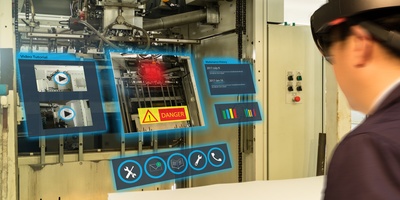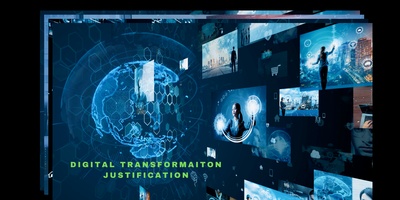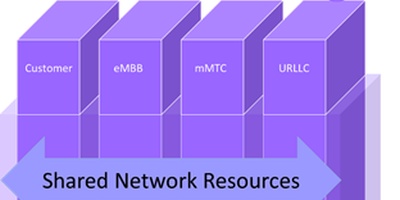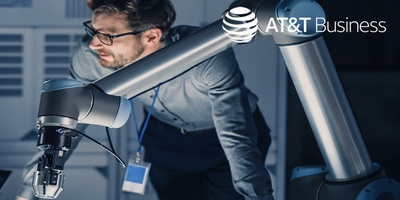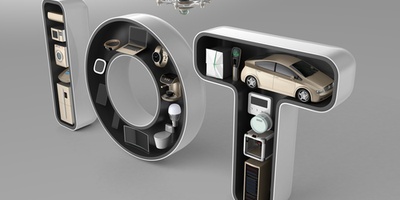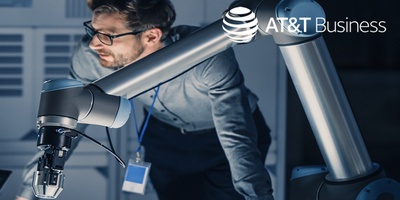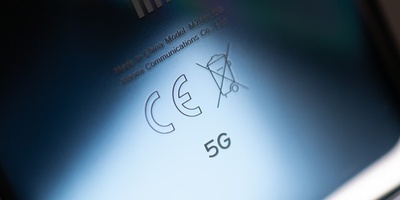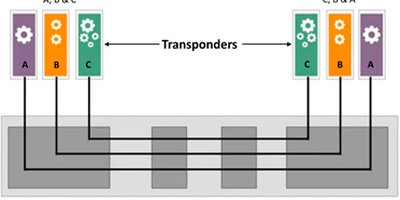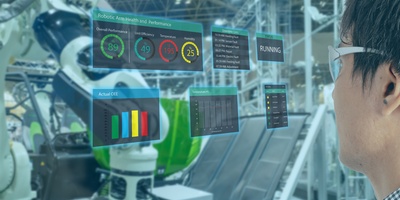Cable Operators’ Opportunity in Augmented Reality
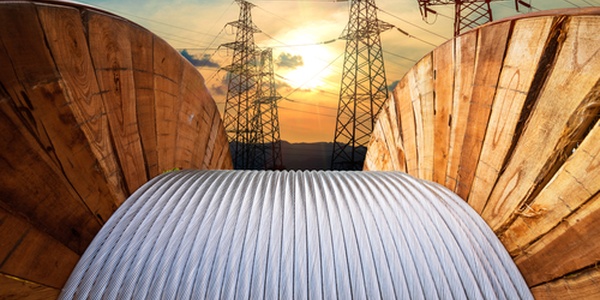
As Harvard Business School professor Michael Porter and Jim Hepplemann, CEO of PTC, put it in their recent webinar (which was also highlighted in multiple articles in the Harvard Business Review), “we live in a 3-D world, but all information we consume visually is presented to us in a 2-D world on flat screens (phones, tablets, GPS devices, etc.). We therefore have to make the effort to transpose the 2-D digital world onto our 3-D real world (for example, figuring out which turn on the road corresponds to the turn that the GPS device displays). This is not only difficult but is also prone to error.”
This is about to change. We have started to see new applications where the digital reality in 3-D is superimposed on the physical reality in real time. For example, the driver will see the relevant information (arrow, speed), directly displayed on the road in front of him. In countless industrial applications, workers receive step by step digital information on the right object or at the pertinent location to help them work through a process. A fire truck is directed precisely to the location of the fire with information about the fire, which helps the crew get prepared. There is no limit to the possibilities such a capability enables. If you think this is futuristic, think again. The examples, while emerging, are real. The broad area under which they fall is known as Augmented Reality (AR). Unlike Virtual Reality where the user is transposed into a virtual world, AR adds meaningful and relevant information to the world we live in and therefore will have a huge impact in all industry verticals and in consumer applications. The technology works as follows: a camera equipped device (smartphone or AR glasses) with AR software points at an object; the object is identified via computer vision technology, which analyzes the video stream then downloads information about the object from the cloud. The AR information is presented in a 3-D experience, superimposed on the real object . It is true that AR requires the user to wear special glasses, but the good news is that the form factor of those glasses has evolved significantly and more resembling sunglasses. Furthermore, intense competition in the space will drive the price down. What does this mean for cable operators? It is no secret that the video business, long the workhorse of the industry, is in terminal decline. Video subscriber losses keep growing each quarter. Not a month goes by that we don’t hear of a retrans dispute between an operator and a content provider, often causing blackouts. Cable operators are searching for new revenue streams, particularly as they seek to monetize the massive investments they are making in their access networks to keep up with bandwidth demand (primarily driven by over-the-top video and the like). At the same time, AR presents prime opportunities in all the verticals where cable has traditionally been strong. Here are some examples in select verticals:
- Stadiums: Fans can see multiple camera angles from their seat and get information such as stats on players and movement analysis.
- Healthcare: The possibilities are limitless with significant lifesaving possibilities; how to deliver first aid; how to care for an infant; allow the nurse to stick only once to draw blood by showing on the skin the right vein.
- Education: Imagine allowing students to see inside the human body while learning science or being inside a Roman temple.
- Retail: Visualize a piece of furniture in your home; show how clothing fits and which size so that I do not spend a lot of time trying things. Having said this, AR is still a very immature space with emerging solutions and still less than optimal user experience design.
These applications are unlikely to be plug and play and will require significant hand holding; cable operators need to ensure that their networks are well suited for such applications and if not, to work with their vendors on the right evolution trajectory. It is the beginning of the road for cable operators and others in what promises to be a very exciting (and lucrative) journey. Those who will win are those who are thinking today about how to enable such applications in the not too distant future.
Click for more information about Liliane Offredo-Zreik.
*“How Augmented Reality Works” Harvard Business Review, November–December 2017, page 58.












